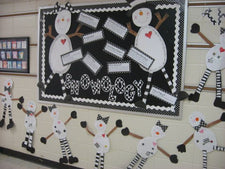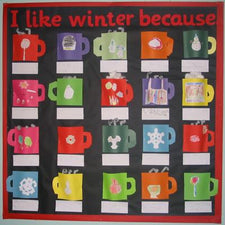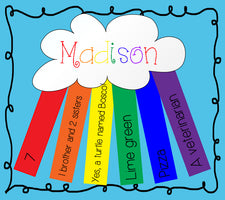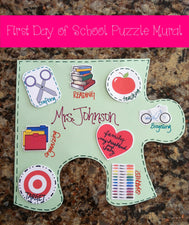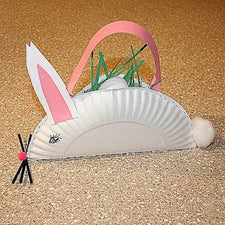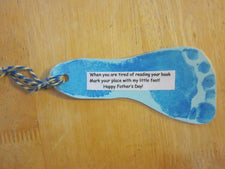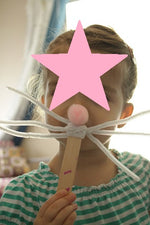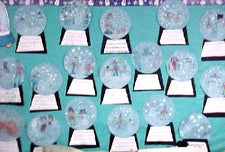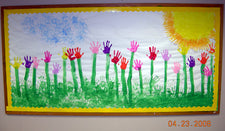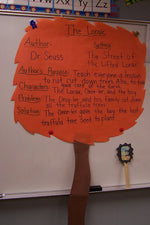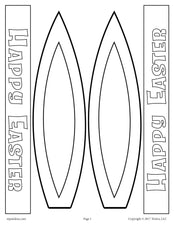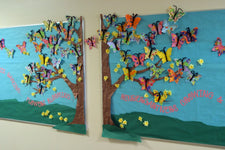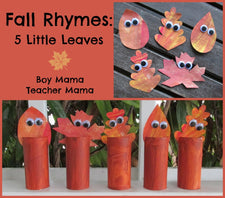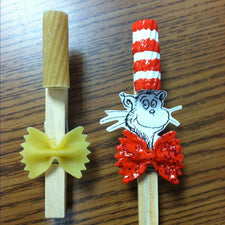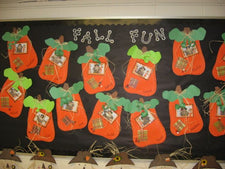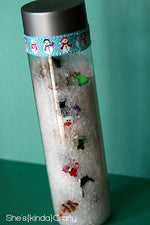April with Eric Carle - A Thematic Unit

The works of Eric Carle {and the activities they inspire!} are a fabulous way to herald in the spring season! We found this great thematic unit at The Alphabet Garden, a blog created by kindergarten teacher, Julie Hicks. Her teaching partner, Susan Johnson, brought the lesson to their classroom a few years back and it's become a spring staple! Here's a rundown of literature selections, learning objectives/goals and/or activities {you'll have to visit her site for the full workup though!}.
The Very Hungry Caterpillar
- Create a fact page listing information learned about butterflies - their habitat, what they eat, etc.
- Learn the stages of the butterfly life cycle as well as explore the circular nature of a life cycle through drawing, illustration, and manipulative play.
- Practice telling time with a word problem timelines of when the hungry caterpillar ate each item in the book.
- Learn about symmetry using butterfly wings as examples.
- Practice storytelling, sequencing, and identifying the basic parts of a story (beginning, middle, and end) by having students retell the story using a story board.
Brown Bear, Brown Bear, What Do You See?
- Learn to identify colors and color words.
- Practice storytelling, sequencing, and identifying the basic parts of a story (beginning, middle, and end) by having students retell the story as they place character cards in the correct order on a story poster.
The Grouchy Ladybug
- Create a fact page listing information learned about beetles.
- Learn the stages of the ladybug life cycle, as well as explore the circular nature of a life cycle, through drawing and illustration.
- Build fine motor skills and simple addition skills by having students use a hole punch to make the correct number of 'bite marks' in leaf cutouts.
- Practice storytelling, sequencing, and identifying the basic parts of a story (beginning, middle, and end) by having students retell the story with puppets.
- Practice problem solving skills and visual discrimination by putting together puzzles of the book cover.
- Build measuring skills (with non-standard units) by using ladybug manipulatives measure how big/long/tall classroom objects are in ladybug units.
The Very Busy Spider
- Create a fact page listing information learned about spiders.
- Compare/contrast spiders with insects.
- Practice simple addition skills by having students draw the correct number of legs on spider bodies.
The Tiny Seed
- Create a fact page about the parts of a plant.
- Learn the stages of the plant life cycle, as well as explore the circular nature of a life cycle, through drawing and illustration.
- Build measuring skills (with non-standard units) by using ladybug manipulatives to measure how many ladybugs tall student flower crafts are.
There are many, many more project ideas - crafts, geography studies, author studies, etc - at The Alphabet Garden so be sure to head on over there for activity write-ups and pictures!
